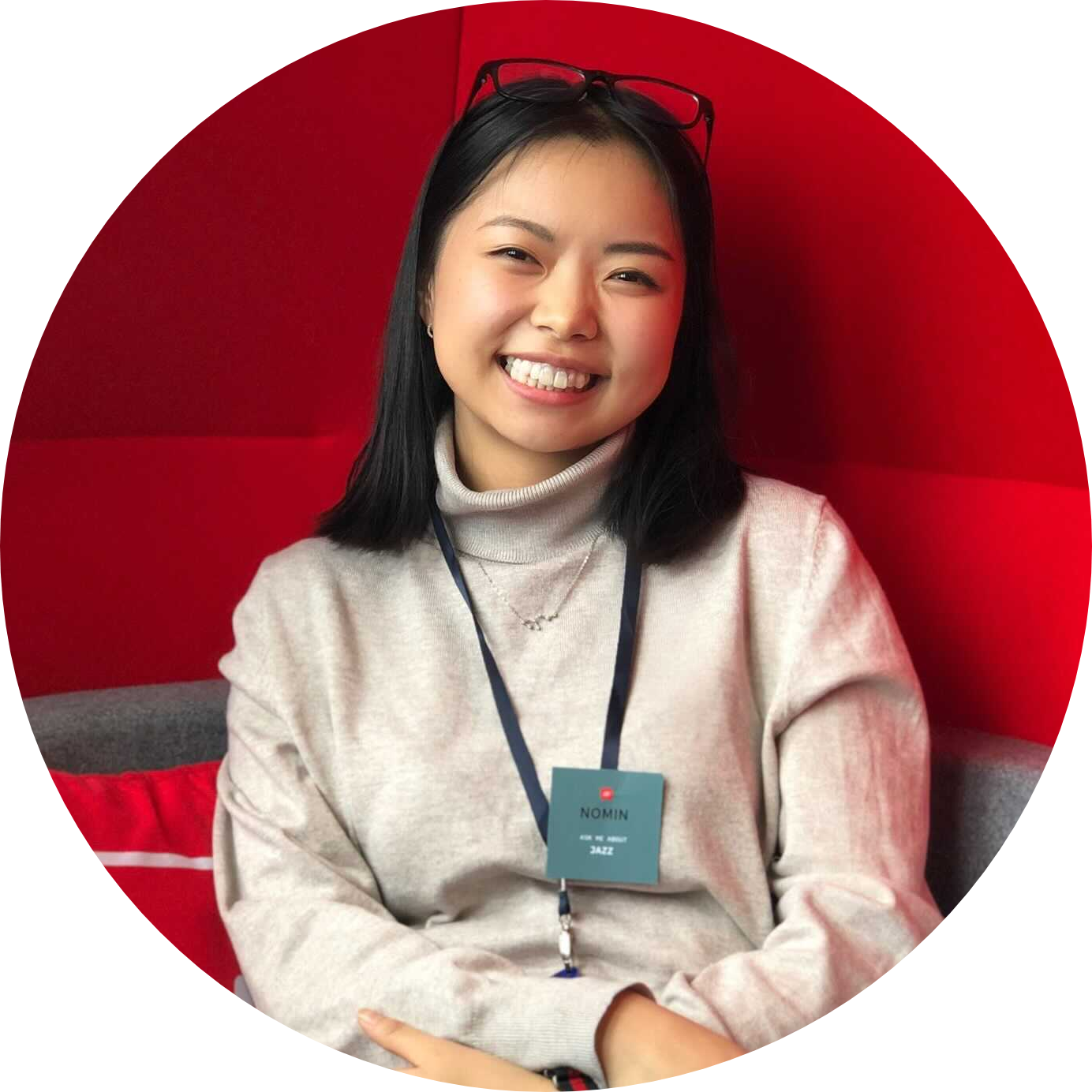Nomin Khishigsuren

Hello, my name is Nomin and I am a recent M.Sc. graduate from University of Wisconsin-Madison in Mechanical Engineering. I am a passionate researcher and engineer who loves working with data, machine learning and design to make an impact on people's lives and contribute to society.
My portfolio showcases projects I have worked on in the past two years during graduate school, most notably my contribution to traumatic brain injury (TBI) research. When I am not focusing on work, I am pushing myself creatively by writing poetry, sketching, painting and solving crossword puzzles.
View My LinkedIn Profile
Traumatic brain injury is a serious health epidemic. There have been over 2.8 Million emergency department visits, hospitalizations and deaths in 2013 alone. However, these numbers could be higher as mild TBIs often go unreported and untreated, especially among military veterans and professional athletes. So the question is what causes TBI? TBI occurs when the brain undergoes a mechanical loading, usually resulting from a fall, a blow to the head or extreme cases such as a bullet piercing through the skull.
This figure shows how a blunt impact results in a strain wave that permeates through the brain and show variations in strain across brain regions.
TBI is often put into two categories - primary and secondary injury. Primary injury is a direct physical to the brain that occurs within seconds after the initial impact. This can include cerebral contusions, internal bleeding, cytoskeletal damage and overall structural damage.
Secondary brain injury, on the other hand, refers to changes that evolve over a period of time (from hours to days, even months) after the initial impact. These changes often have cascading effects that contribute to further destruction of brain tissue such as apoptosis and necrosis and diffuse axonal injury (DAI). DAI usually has detrimental effects and causes injury to many different parts of the brain but is often difficult to detect.
To gain to deeper understanding about secondary injury on a cellular level, there have been studies on what happens to neurons post injury - the figure above previous work from past members from our lab. Through their in-vitro compression experiments, they tracked changes in morphology and showed that the neurons develop blebbing’ which is this focal swelling along axons and dendrites 6-8 hours after injury. This gives us an insight into how secondary neural cellular injury develops over time.
However, brain tissue is not only comprised of neurons but other cell types as well, which makes up a complex multicellular structure as shown here:
Currently, a lot of research has gone into understanding cellular injury as a function of strain and strain rate. Strain is just a measure of deformation and the strain rate is just a change in strain with respect to time. A lot of in-vitro models show that there is a strain rate dependency for injury thresholds for primary and secondary cellular injury.
My thesis lays the groundwork for low-rate in-vitro tension experiments and this is the range where my uniaxial tension device will target so we can get a deeper understanding about this secondary injury threshold. But as I mentioned earlier, the potential effects the neighboring cells might have during and after injury has not been explored. Understanding what the cell experiences and what its immediate connections and environment could be vital in better prediction of the injury response.



